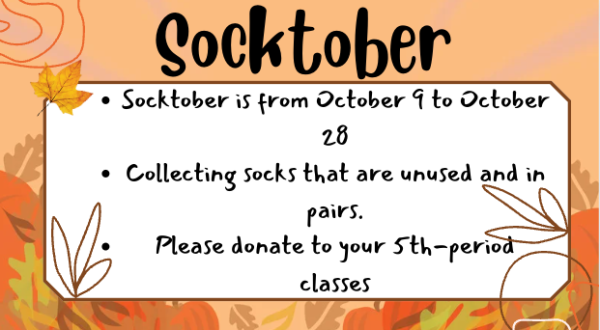Cursive – Beneficial or a Waste of Time?

Person writing cursive in black ink.
March 6, 2020
In the second or third grade, we all learned cursive. The question that many people are left with is, “Did we really need to?”
As of May 2016, only 15 states included cursive in their regular curriculum. Students created “cursive clubs” for kids who wanted to learn how to write in cursive. Many people don’t see a point in learning how to write in cursive because the standard now is to type on a computer. A recent study has shown that nearly 50 percent of students write faster and more neatly when writing cursive.
When asked her opinion on cursive, seventh grader Bryn Pagett explains, “I think we should focus more on our typing skills.”
Although there are downsides to cursive, such as people not being able to read it, there are also pros to writing in cursive as well, such as being able to read historical documents or sign your signature. A collection of people think that learning cursive is outdated, but there are some who argue that we are becoming “less American” because many millennials cannot read cursive and therefore would not be able to interpret “The Declaration of Independence.”
“If you can’t read cursive, you can’t read your own signature,” states seventh grader Beatrice Tran.
Motor skills, like muscle development, coordination, and synchronization of hands and eyes improve when students write in cursive. As we progress through life, cursive seems to drift out of our minds. Cursive becomes not as important in middle and high school, and the question still remains, should kids learn cursive in school or is learning cursive too old fashioned?











Mona • Mar 6, 2020 at 1:44 pm
great article! I dont think it was worth it to learn cursive bc all the work we do is digital but im sure it might still come in handy :/
Jasmine Lee • Mar 6, 2020 at 1:40 pm
I think cursive can benefit many people but is unnecessary to learn. Now, typing is more commonly used than cursive. Interesting topic and very well written